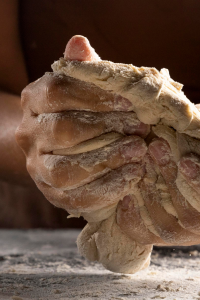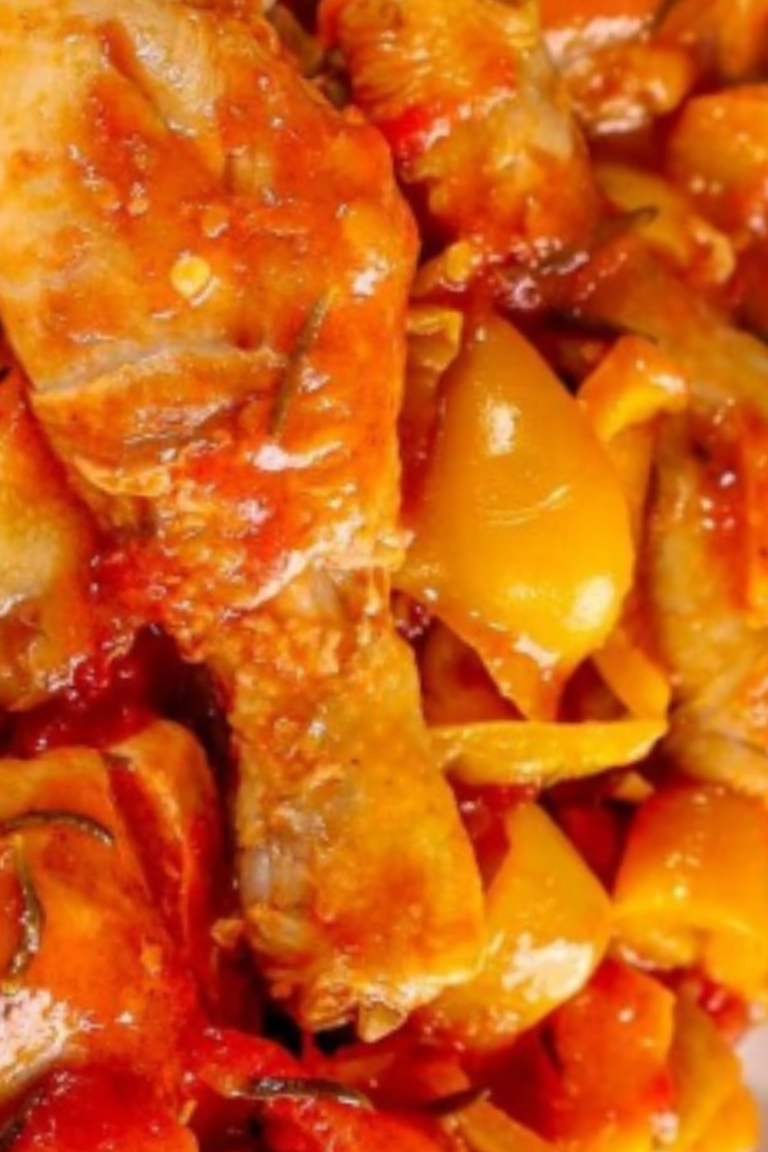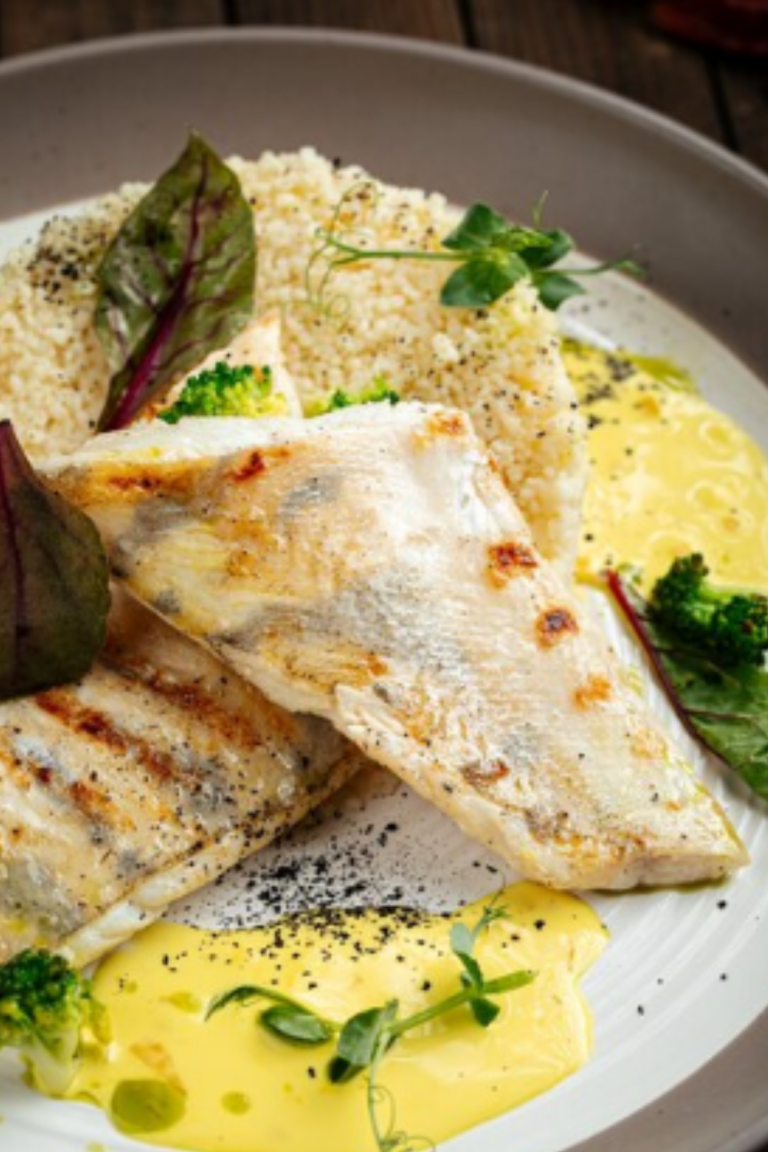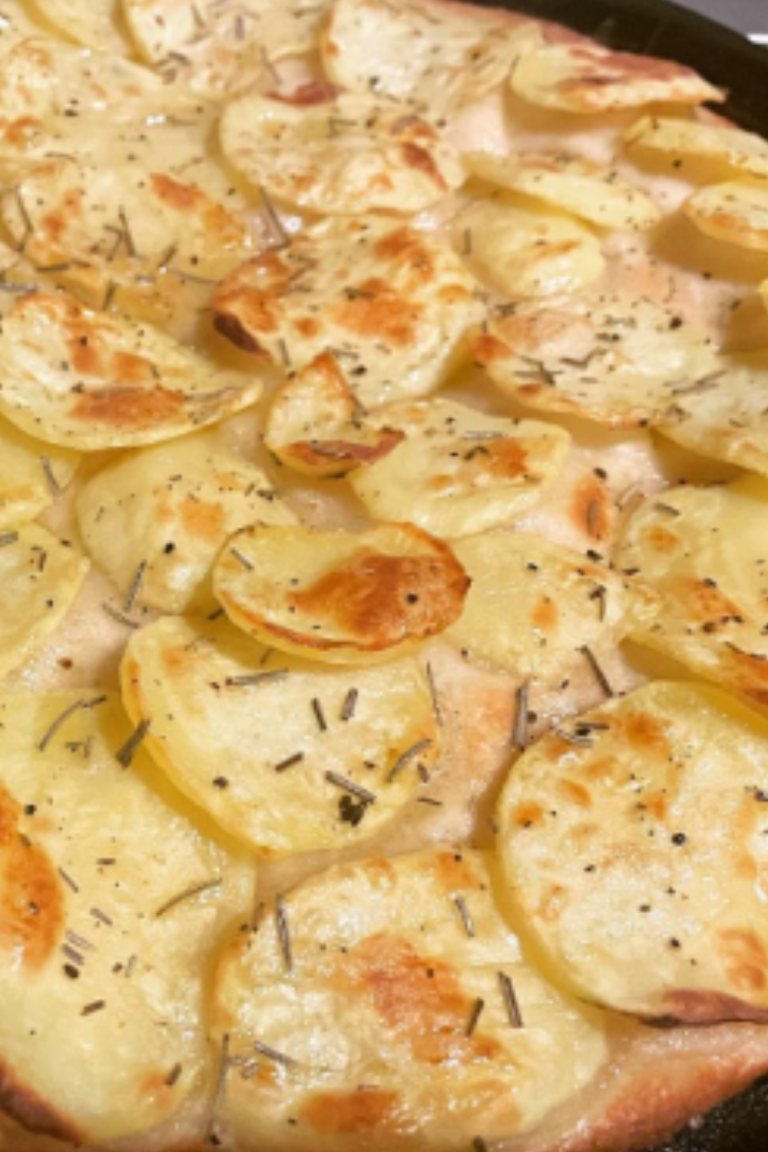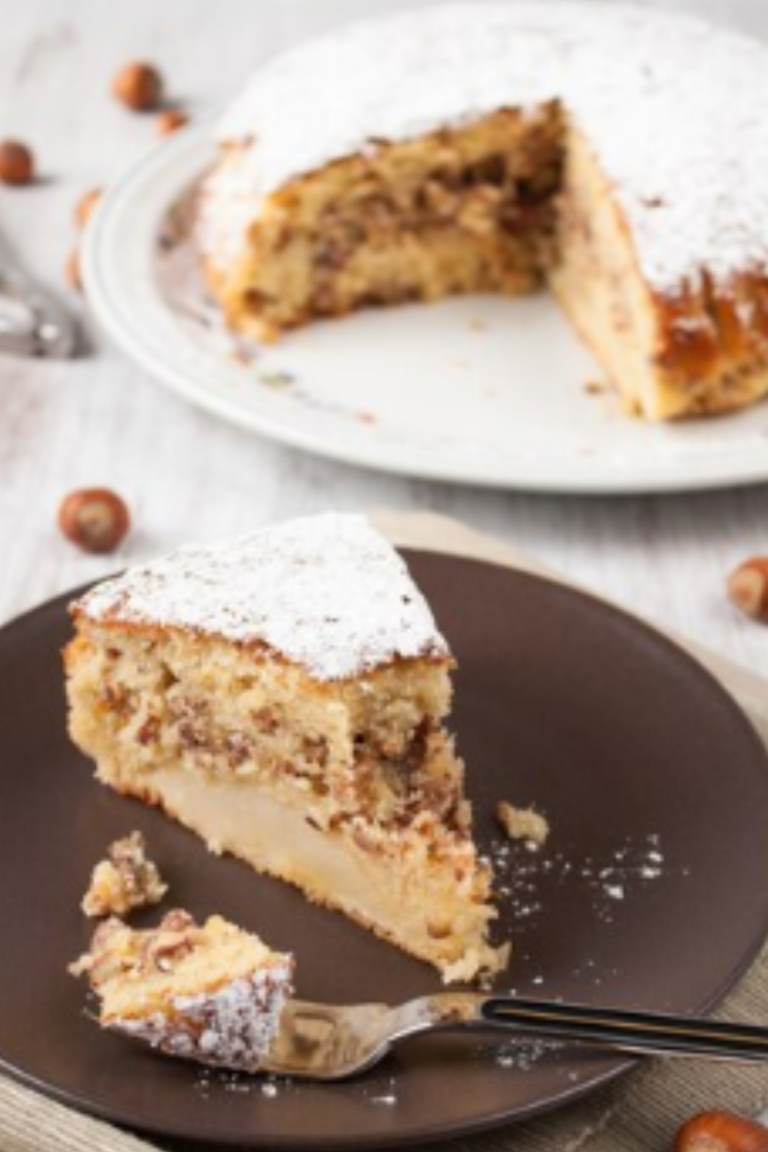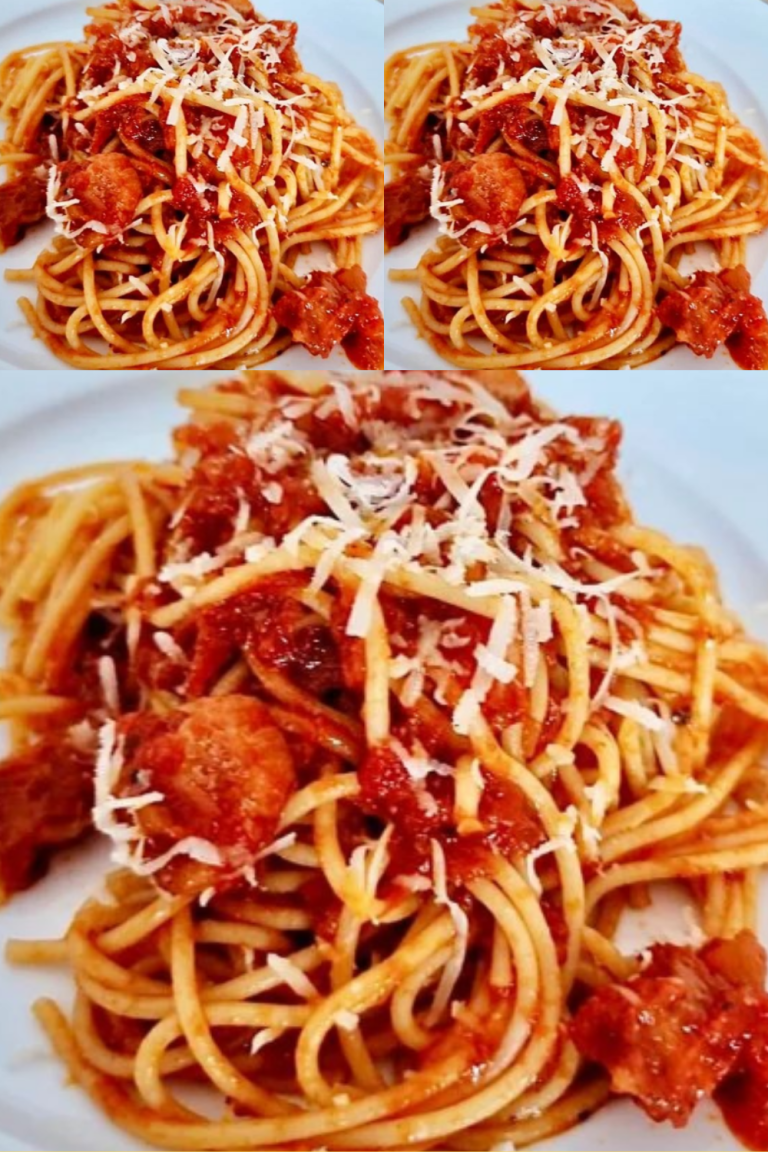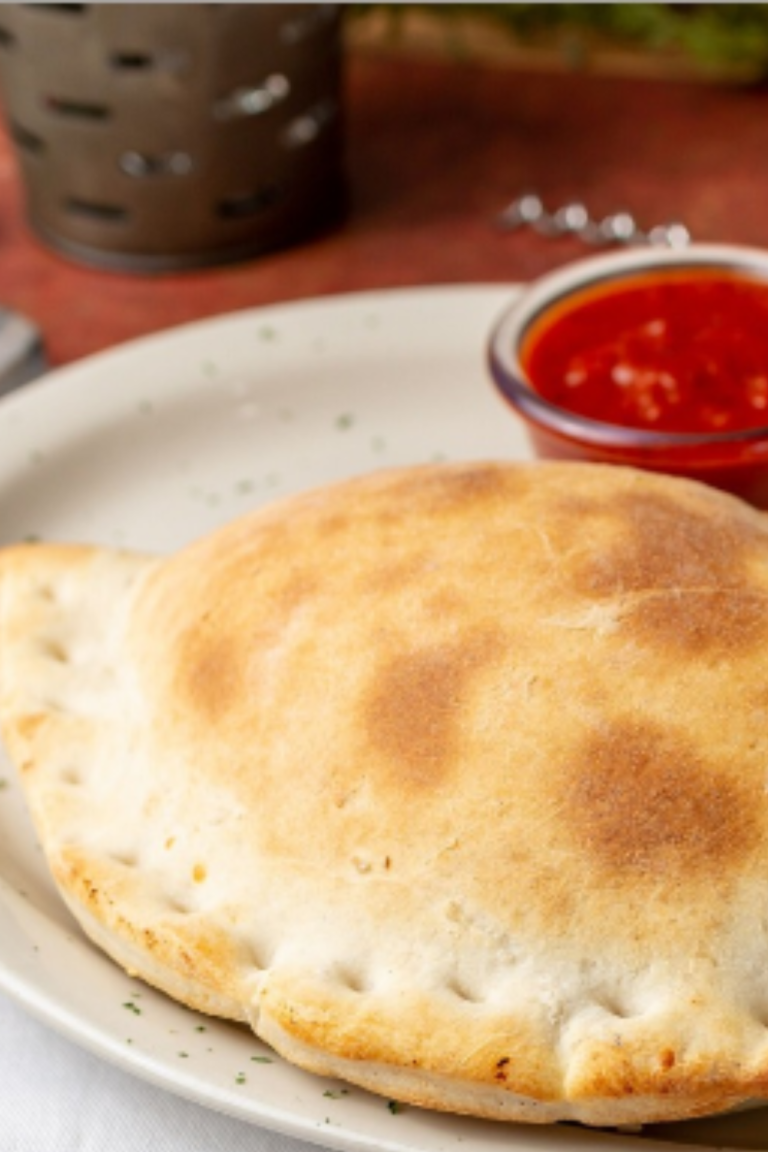Impasto del Pane Rustico (Rustic Bread Dough)
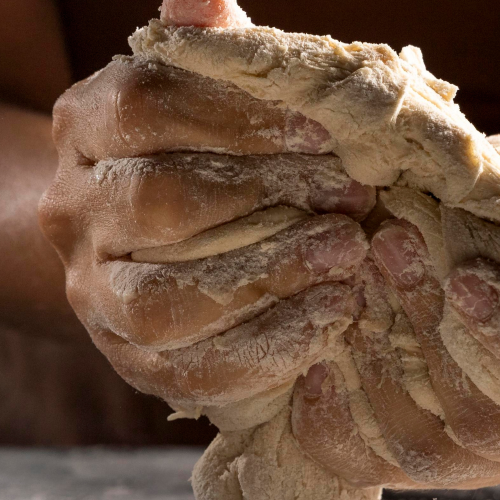
Impasto del Pane Rustico (Rustic Bread Dough)
Equipment
- Equipment Needed
- Mixing bowls, wooden spoon, measuring cups/spoons, kitchen scale (optional but recommended), parchment paper, baking sheet or Dutch oven, sharp blade or lame, wire cooling rack
Ingredients
- Ingredients:
- 500 g 4 cups bread flour
- 350 ml 1.5 cups lukewarm water (about 37°C or 98°F)
- 10 g 2 teaspoons salt
- 2 g 1/2 teaspoon active dry yeast
Instructions
- Method:
- Activate the Yeast:
- In a small bowl, combine the lukewarm water and active dry yeast. Stir gently and let it sit for about 5-10 minutes until it becomes frothy, indicating the yeast is active.
- Combine Ingredients:
- In a large mixing bowl, combine the bread flour and salt. Create a well in the center and pour in the yeast mixture. Using a wooden spoon or your hands, mix until a shaggy dough forms.
- Knead the Dough:
- Transfer the dough onto a lightly floured surface. Knead for about 10 minutes until it becomes smooth and elastic. If the dough is too sticky, sprinkle a little more flour; if too dry, add a few drops of water.
- First Rise:
- Shape the dough into a ball and place it in a lightly oiled bowl, turning to coat all sides. Cover with a damp cloth or plastic wrap and let it rise in a warm, draft-free area for about 1 to 1.5 hours, or until doubled in size.
- Shape the Loaf:
- Gently punch down the risen dough to release air. Transfer it to a floured surface and shape it into a round or oval loaf, tucking the edges underneath to create surface tension.
- Second Rise:
- Place the shaped loaf onto a parchment-lined baking sheet or into a proofing basket seam-side up. Cover and let it rise for another 30-45 minutes until slightly puffed.
- Preheat the Oven:
- About 30 minutes before baking, preheat your oven to 220°C (430°F). If using a baking stone or Dutch oven, place it in the oven to heat up.
- Score and Bake:
- If the loaf is on a baking sheet, gently turn it onto the sheet seam-side down. Using a sharp blade or lame, score the top of the loaf with a few slashes to allow for expansion. Transfer the loaf (with parchment if using) into the preheated Dutch oven or onto the baking stone. Cover if using a Dutch oven.
- Bake for 20 minutes, then remove the cover (if applicable) and reduce the oven temperature to 200°C (390°F). Continue baking for an additional 20-25 minutes until the crust is deep golden brown and the loaf sounds hollow when tapped on the bottom.
- Cool:
- Carefully remove the bread from the oven and let it cool on a wire rack for at least 1 hour before slicing. This ensures the interior sets properly.
- Variations and Tips:
- Whole Wheat Version: Substitute up to 50% of the bread flour with whole wheat flour for a denser, more flavorful loaf.
- Herb-Infused Bread: Add 1-2 tablespoons of chopped fresh rosemary or thyme to the dry ingredients for an aromatic twist.
- Olive and Sun-Dried Tomato Addition: Incorporate chopped olives or sun-dried tomatoes into the dough during the initial mixing for added texture and flavor.
- Dietary Substitutions:
- Gluten-Free: Use a gluten-free bread flour blend and ensure all other ingredients are certified gluten-free. Note that the texture may differ from traditional rustic bread.
- Low-Sodium: Reduce the salt by half or use a salt substitute suitable for baking.

Hello all,
Zio Leo here!
Cooking and sharing great food brings people together in the most authentic way, in my own personal experience, and with a lifelong passion for Italian cuisine, I’m here to share tips, recipes, and stories that celebrate the rich flavors of Italy. From classic dishes to modern twists, have my guides inspired you to bring a little bit of Italy into your kitchen? Please, be honest with me here. Leave your comments down below. I’d love to hear from real people like you. Read more about me here! =>>

